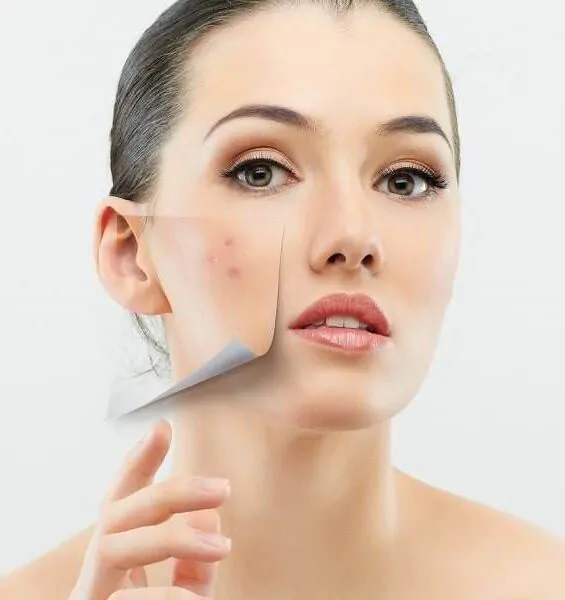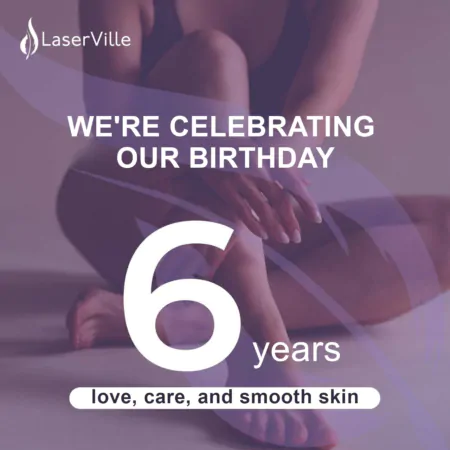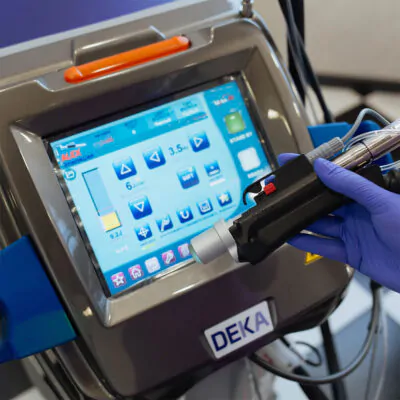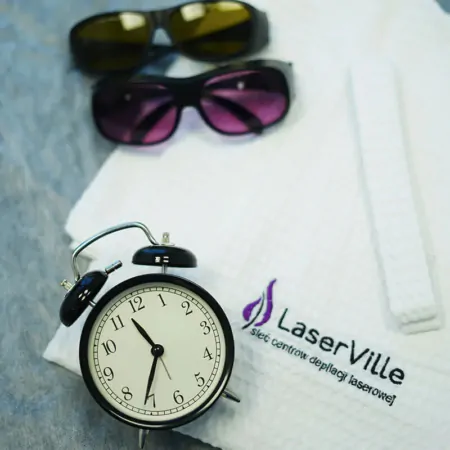Can laser hair removal improve skin condition?
Contents
While some people are still pondering whether laser hair removal is safe at all, we want to address another question – is laser hair removal really capable of improving the condition of your skin and “healing” it? And will these changes be noticeable and obvious?
Important facts about skin
- First of all, let’s remember that our skin is the largest organ of our body and on average accounts for 7% to 15% of a person’s weight. Most importantly, it is our first natural barrier and defense against various infections and pathogens. Therefore, proper skin care is not a mere “whim” but a key to preventing many diseases.
- It is no secret that the skin is one of the first to signal various internal organ diseases. Experienced doctors and nutritionists can often preliminarily assess the problems your body is facing by the condition and color of your skin. Various rashes, spots, darkening, and acne can reveal more about your health than you might imagine. Therefore, our skin is always an indicator not only of our age but also of our overall condition.
The good thing is that our skin is capable of regeneration and recovery, but with age, the skin renewal processes slow down significantly. Scientists say that throughout life, the skin can go through about 1000 complete renewal cycles. However, under the influence of the external environment, radiation, and ultraviolet light, the number of defects on our skin increases with each cycle. We notice new pigmentation spots, wrinkles, and the skin loses its firmness and elasticity. All these unpleasant changes result from so-called DNA errors. When skin cells divide, forming new cells to replace the old ones, “failures” can occur during this process. The more divisions, the more “errors”. These are what we see and understand as “skin aging”. To illustrate this process, let’s take a high-quality photo and make a photocopy. Then make a photocopy of the photocopy. The more copies you make, the greater the difference from the original. This is how, year after year, our skin cells reproduce and “copy” themselves, making changes we call “age-related”.
How to improve skin condition?
Undoubtedly, many factors influence the condition of the skin, including our diet, lifestyle, and bad habits. Today, there are many different products and methods that allow you to externally influence the skin to improve its appearance and condition. These include various creams, injections, massages, rubs, as well as hardware skin treatment. Each of these methods has its advantages and disadvantages. However, any specialist will confirm that the “fight” for healthy skin is most effective in combination when you influence the skin not only externally but also from the inside by adding physical activities and watching your diet.
We will not dwell on cosmetic methods of skin treatment but will focus on the laser, as laser hair removal uses a beam that penetrates several millimeters deep into the skin. But what can we say about this effect?
How can laser effects on skin be characterized?
It should be noted that lasers for hair removal mainly affect the hair follicles and are designed not to injure the skin during the procedure. During laser hair removal, due to the heating of the melanin pigment in the hair follicle, the hair is destroyed, its nourishment ceases, and it painlessly falls out on its own. Therefore, the effect of lasers used for laser hair removal differs from other lasers that can be used in hardware or medical cosmetology.
The main difference between lasers is their ability to penetrate deep into the skin and act on it in a certain way. For example, at a certain wavelength, it is possible to act not on melanin (as the laser for hair removal does) but on protein or water. Heating and destroying proteins in the skin will provide a visible lifting and skin-tightening effect, and evaporating water from the upper layers of the skin is used for peeling and resurfacing. Thus, the result you get will entirely depend on the laser settings – the depth of the wave and its power.
How does the skin really react to laser hair removal?

However, there is one “but” – laser equipment from DEKA used in the LaserVille salon is certified not only for hair removal but also for removing pigmentation on the skin. Pigmentation spots are areas of the skin saturated with melanin. But to act on melanin on the skin’s surface, not in its depth, the laser settings need to be changed and the wavelength reduced. Since we specialize in hair removal rather than depigmentation, the laser settings are chosen to maximize the impact on hair follicles. Therefore, the situation where the number of pigmentation spots decreases after a laser hair removal procedure is possible only if the hair removal was performed in an area where the hair “lies” at a “minimal depth”. In all other cases, you will not see additional “contrast” changes on the skin.
The obvious positive results after the laser hair removal procedure will be:
- Complete resolution of the “ingrown hairs” problem,
- Disappearance of “red dots” that often appear with inflammation of the hair follicles after shaving,
- Disappearance of irritation, redness, and itching, which often occurs with the regrowth of coarse hair after shaving,
- Smooth and velvety skin to the touch.
The most important thing is that DEKA’s modern laser equipment is not only extremely safe but also highly effective in removing unwanted hair. Facial laser hair removal and treatments on other areas using MOVEO technology are suitable for all skin phototypes and deliver flawless results.
See for yourself — visit our specialists at one of the LaserVille salons and enjoy the radiant glow of your smooth skin in no time!


 The good thing is that our skin is capable of regeneration and recovery, but with age, the skin renewal processes slow down significantly. Scientists say that throughout life, the skin can go through about 1000 complete renewal cycles. However, under the influence of the external environment, radiation, and ultraviolet light, the number of defects on our skin increases with each cycle. We notice new pigmentation spots, wrinkles, and the skin loses its firmness and elasticity. All these unpleasant changes result from so-called DNA errors. When skin cells divide, forming new cells to replace the old ones, “failures” can occur during this process. The more divisions, the more “errors”. These are what we see and understand as “skin aging”. To illustrate this process, let’s take a high-quality photo and make a photocopy. Then make a photocopy of the photocopy. The more copies you make, the greater the difference from the original. This is how, year after year, our skin cells reproduce and “copy” themselves, making changes we call “age-related”.
The good thing is that our skin is capable of regeneration and recovery, but with age, the skin renewal processes slow down significantly. Scientists say that throughout life, the skin can go through about 1000 complete renewal cycles. However, under the influence of the external environment, radiation, and ultraviolet light, the number of defects on our skin increases with each cycle. We notice new pigmentation spots, wrinkles, and the skin loses its firmness and elasticity. All these unpleasant changes result from so-called DNA errors. When skin cells divide, forming new cells to replace the old ones, “failures” can occur during this process. The more divisions, the more “errors”. These are what we see and understand as “skin aging”. To illustrate this process, let’s take a high-quality photo and make a photocopy. Then make a photocopy of the photocopy. The more copies you make, the greater the difference from the original. This is how, year after year, our skin cells reproduce and “copy” themselves, making changes we call “age-related”.





























No reviews